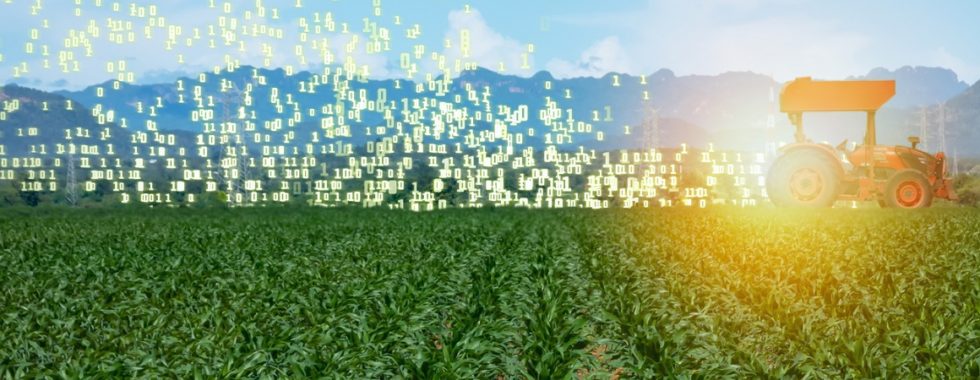Is it time for artificial intelligence in agriculture?
Artificial intelligence (AI) is a technology that exhibits behavior that could be interpreted as human intelligence. Can we apply artificial intelligence in agriculture? Can a computer be better than man in making decisions related to other living organisms in a complex environment? Can an algorithm beat farmer’s gut instinct and experience?
In recent years, agriculture has gone through a major revolution. From being one of the most traditional sectors, it has become one of the most progressive ones.
DATA BECOMES EASILY ACCESSIBLE
The traditional farmer used to count on gut feeling and intuition in his decision making. Field data was scarce and if collected, it was collected locally on paper, excel files etc.
The era of information revolutionized agriculture and today’s farmers have easier access to data, collected from their field. Farmers use precision agriculture technologies, such as drones, GPS, field sensors, sensors mounted on tractors etc.
In fact, even without using hardware equipment on the farm, data is being continuously collected from space, by satellites, and by weather stations.
This allows practically anyone to know which crop was planted, where, and when, and even evaluate the yield potential of the crop.
But the big question now is what to do with all that data.
DATA PROVIDES INSIGHTS, BUT CAN WE DO MORE?
Providing the farmer with the data is not always helpful and can be overwhelming or difficult to analyze.
Many Agtech companies have developed technologies to either collect the data, obtain insights, or both. In most cases, the data is presented through color coded maps that show, for example, crop growth patterns, soil moisture, nitrogen content etc.
This is one practical way to provide the farmer with an overview of his field, and sometimes detect potential problems in specific sections of the field.
So, if just a few years ago, farm data was hardly available, today we have the technology to collect a large amount data and provide farmers with insights about their field and crops.
Decisions, however, are still made by the farmers and their advisors.
FROM “GUT DECISIONS” TO ARTIFICIAL INTELLIGENCE
The way farmers make decisions is, therefore, transforming from gut-decisions to informed decisions, or what I call “data-driven gut decisions”.
The natural next step would be analyzing the data and providing the farmer not only with insights, but also with clear and precise recommendations. Furthermore, new insights and correlations that were not known before, may be discovered. This can be achieved by artificial intelligence technology.
In fact, “machines” can make much better decisions than humans. The agricultural ecosystem is a biological, physical and chemical system. These sciences are all about matching patterns. However, the number of possibilities and factors that affect the system is huge, making it impossible for people to effectively analyze and draw conclusions.
Analyzing the data, computer algorithms can also learn and improve their assumptions and calculations in an automatic process, called “machine learning”.
Machine learning can help in identifying patterns, without really even knowing what we are looking for. The more data they receive, the better the learning process becomes.
Not only individual farmers can benefit from artificial intelligence and machine learning in agriculture. The immense amount of data which is collected on a global scale can support research.
It is clear that many challenges are ahead. Issues like data ownership and privacy, data liability and how to make the data usable are in the center of current debates.
To summarize, we are in the midst of unique and exciting times, when agriculture is transforming from the “old” precision agriculture to the era of artificial intelligence.



